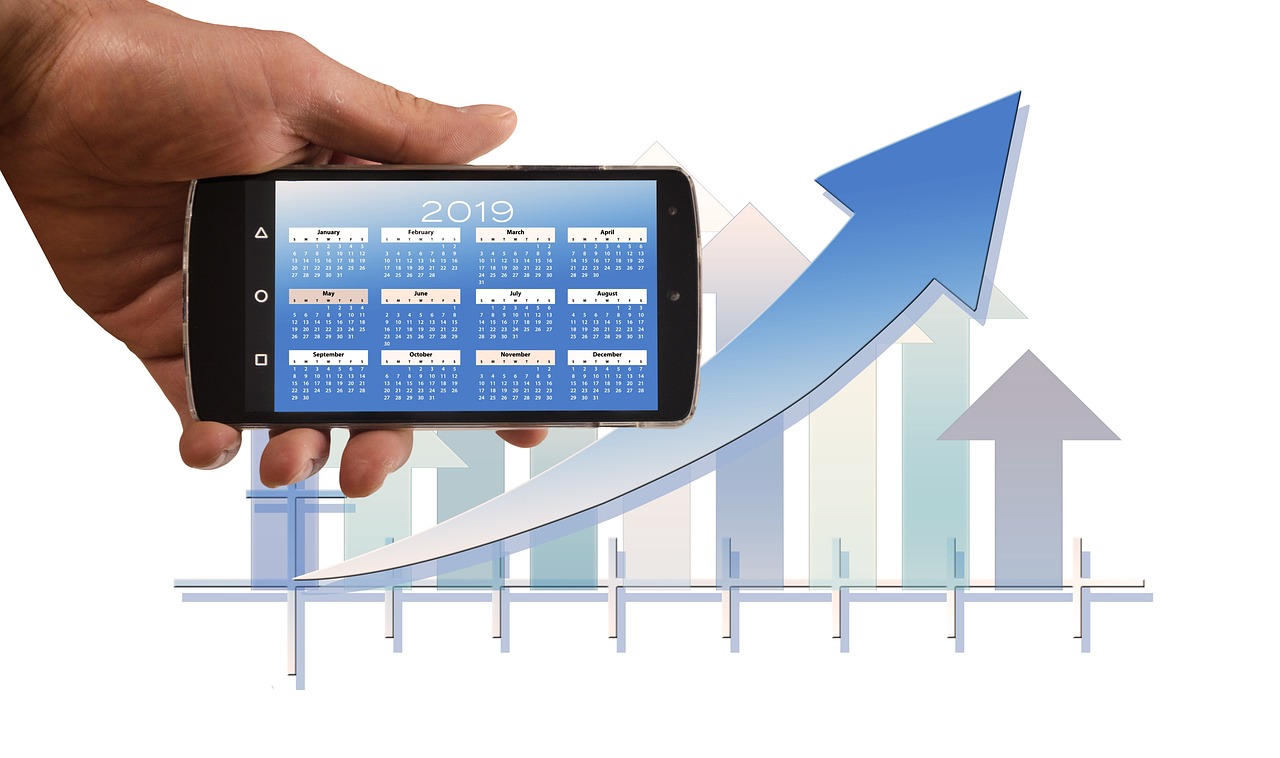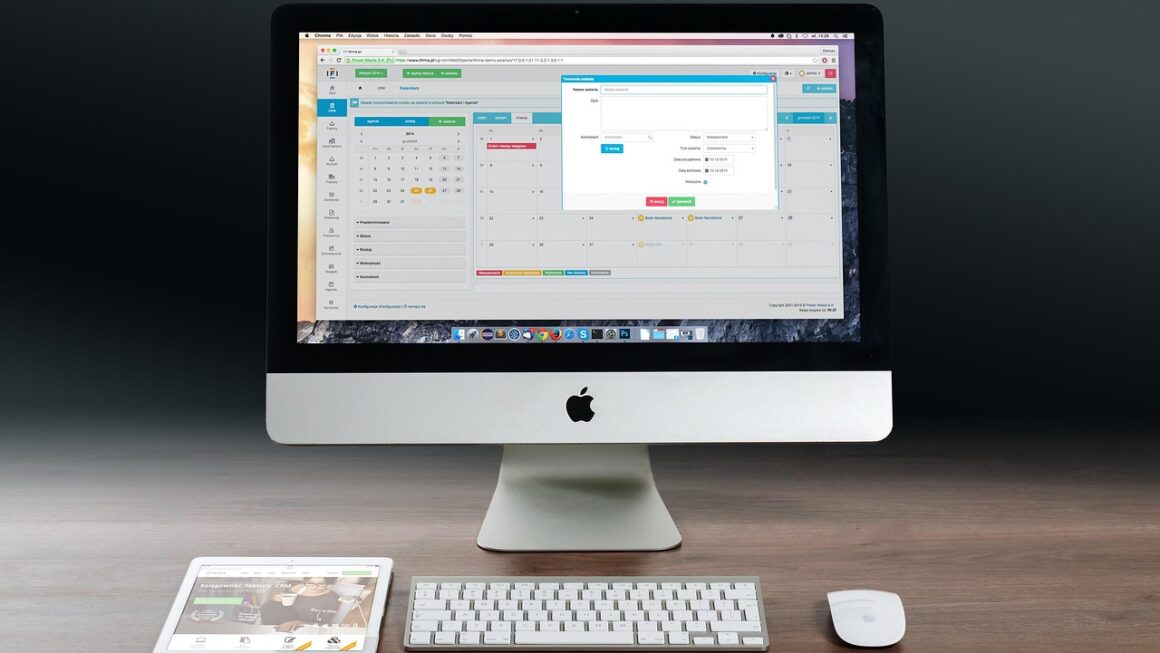Achieving that elusive “work-life balance” often feels like chasing a mirage in the desert. We’re constantly bombarded with messages about maximizing productivity and achieving career milestones, while simultaneously being told to prioritize our well-being and personal lives. The truth is, work-life balance isn’t about splitting your time perfectly evenly, but rather about creating a sustainable and fulfilling lifestyle that integrates your professional and personal aspirations. This blog post delves into the key aspects of achieving a healthy work-life balance, offering practical strategies and actionable advice to help you navigate the complexities of modern life.
Understanding Work-Life Balance
Defining Work-Life Balance
Work-life balance is the state of equilibrium where an individual feels that their professional and personal responsibilities are manageable and fulfilling. It’s a dynamic concept, not a static one, meaning it changes based on individual needs and life stages. It’s not about rigid time management, but about creating a holistic approach to living that integrates work, personal relationships, hobbies, and self-care.
Why is Work-Life Balance Important?
Failing to achieve a healthy work-life balance can lead to serious consequences. Burnout, stress, anxiety, and strained relationships are just a few of the potential outcomes. Prioritizing work-life balance is crucial for:
- Improved Mental Health: Reducing stress and anxiety leads to better emotional well-being.
- Enhanced Physical Health: Lower stress levels contribute to better sleep, a stronger immune system, and reduced risk of chronic diseases. According to the American Psychological Association, chronic stress is linked to six leading causes of death: heart disease, cancer, lung ailments, accidents, cirrhosis of the liver, and suicide.
- Stronger Relationships: Spending quality time with loved ones strengthens bonds and provides a support system.
- Increased Productivity: Paradoxically, taking time for yourself can actually boost productivity at work. A rested and rejuvenated mind is more focused and efficient.
- Greater Job Satisfaction: Feeling fulfilled in both your professional and personal life leads to greater job satisfaction and a sense of purpose.
Setting Boundaries
Establishing Clear Work Hours
One of the most effective ways to achieve work-life balance is to establish clear boundaries between work and personal time. This means setting specific work hours and sticking to them as much as possible. Avoid checking emails or working on projects outside of those hours unless absolutely necessary.
Example: If your work hours are 9am to 5pm, make a conscious effort to disconnect from work-related tasks after 5pm. Turn off notifications on your phone and avoid checking emails until the next morning.
Saying No
Learning to say “no” is essential for protecting your time and energy. Don’t be afraid to decline tasks or commitments that will overwhelm you or encroach on your personal time. Politely explain that you’re currently at capacity and unable to take on additional responsibilities.
Example: If your boss asks you to take on a new project when you’re already feeling overwhelmed, you could say, “Thank you for thinking of me. I’m currently working on several high-priority projects and don’t have the bandwidth to take on anything new at the moment. Perhaps we can revisit this in a few weeks?”
Communicating Your Boundaries
Clearly communicate your boundaries to your colleagues, clients, and family members. Let them know when you’re available and when you’re not. This will help manage expectations and prevent others from encroaching on your personal time.
Example: Set an out-of-office message on your email when you’re on vacation or taking time off. This will let people know that you’re unavailable and that they can expect a delayed response.
Prioritizing Self-Care
Defining Self-Care
Self-care encompasses any activity that you do to take care of your mental, emotional, and physical health. It’s about replenishing your energy and reducing stress. Self-care is not selfish; it’s essential for maintaining your well-being and performing at your best.
Incorporating Self-Care Activities
There are many different ways to incorporate self-care into your routine. Some examples include:
- Exercise: Regular physical activity can reduce stress, improve mood, and boost energy levels.
- Mindfulness and Meditation: Practicing mindfulness or meditation can help you stay grounded in the present moment and reduce anxiety.
- Hobbies: Engaging in hobbies that you enjoy can provide a sense of relaxation and fulfillment.
- Spending Time in Nature: Studies have shown that spending time in nature can lower stress hormones and improve mood.
- Quality Time with Loved Ones: Connecting with loved ones can provide emotional support and a sense of belonging.
- Getting Enough Sleep: Aim for 7-9 hours of sleep per night to ensure that you’re rested and rejuvenated.
Scheduling Self-Care
Treat self-care activities as important appointments and schedule them into your calendar. This will help ensure that you make time for them, even when you’re busy. Make it a non-negotiable part of your routine.
Effective Time Management
The Importance of Time Management
Effective time management is crucial for achieving work-life balance. By managing your time effectively, you can accomplish more in less time, leaving you with more free time for personal pursuits.
Time Management Techniques
- Prioritize Tasks: Use a system like the Eisenhower Matrix (Urgent/Important) to prioritize tasks. Focus on the most important tasks first.
- Time Blocking: Allocate specific blocks of time for different tasks. This helps you stay focused and avoid distractions.
- Batch Similar Tasks: Group similar tasks together to minimize context switching and increase efficiency.
- Eliminate Distractions: Identify and eliminate distractions that drain your time and energy. This could include social media, email notifications, or unnecessary meetings.
- Take Breaks: Schedule regular breaks throughout the day to rest and recharge. The Pomodoro Technique (25 minutes of work followed by a 5-minute break) can be helpful.
Utilizing Technology
Leverage technology to your advantage. Use calendar apps, to-do list managers, and project management tools to stay organized and on track. Automation tools can also help you streamline repetitive tasks and save time.
Seeking Support
Recognizing When You Need Help
It’s important to recognize when you’re struggling to maintain work-life balance and to seek support when needed. Don’t be afraid to ask for help from your colleagues, friends, or family members.
Types of Support
- Workplace Support: Talk to your manager or HR department about your concerns and explore options for flexible work arrangements or reduced workload.
- Therapy or Counseling: A therapist or counselor can provide guidance and support in managing stress and improving your overall well-being.
- Support Groups: Joining a support group can connect you with others who are facing similar challenges and provide a sense of community.
- Delegation: Delegate tasks to colleagues or hire a virtual assistant to free up your time.
Building a Support Network
Cultivate strong relationships with friends, family, and colleagues. A strong support network can provide emotional support, practical assistance, and a sense of belonging. Schedule regular time to connect with your loved ones and nurture your relationships.
Conclusion
Achieving work-life balance is an ongoing process that requires conscious effort, self-awareness, and a willingness to adapt to changing circumstances. By setting boundaries, prioritizing self-care, managing your time effectively, and seeking support when needed, you can create a more fulfilling and sustainable lifestyle that integrates your professional and personal aspirations. Remember, it’s not about perfection, but about progress. Start small, be patient with yourself, and celebrate your successes along the way.




